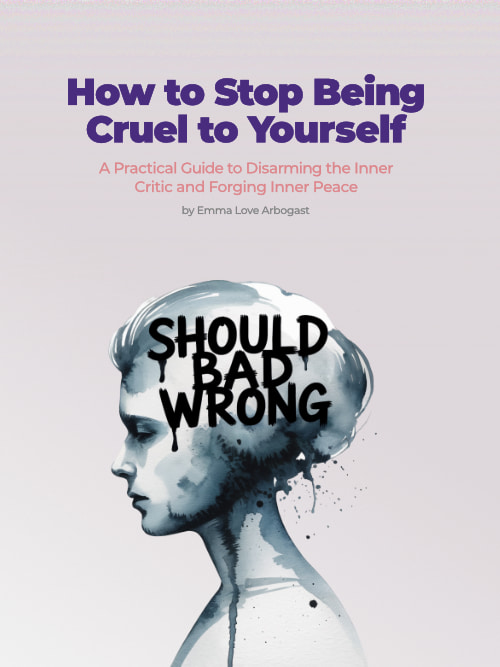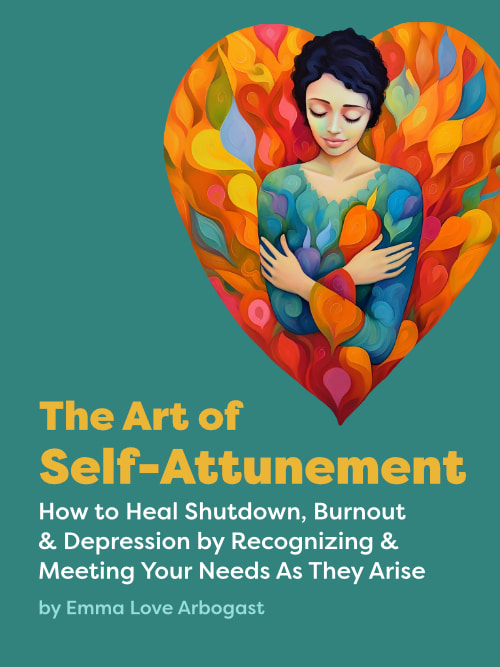How to Cultivate Neutrality Toward Triggers
We all have triggers: situations that bring up old feelings that are out of proportion to the current experience.
For basic self-help around managing triggers, read what to do when you are triggered first.
This article is about how to change your relationship to triggers over the long run using neutrality. (This is referred to as equanimity in Buddhist traditions.)
There are two main methods I use to permanently dissolve triggers:
- Go into them more deeply, and let yourself fully process through all the feelings. This can be very intense but it can heal deep wounds. I have another article on this approach: how to process trauma without therapy.
- The second option is to cultivate an attitude of neutrality. This isn’t better or worse, but more applicable to certain situations.
When should you use this strategy?
- If you are not in the right situation to deeply process your feelings.
- If you have already done deeper work, but the trigger still lingers as a pathway in your brain that it is too easy to go down.
In these cases, practicing neutrality can help.
What does neutrality look like?
Mental
Use self-talk that grounds you and reminds you of the larger perspective, for example:
- I don’t know what he actually meant—the story I’m telling myself is just a guess and I don’t need to guess.
- My feelings are strong right now, and that’s OK, they won’t last forever and I can survive them.
- I’m having an emotional flashback and it will pass.
Emotional
Do not suppress your emotions, but rather let the feelings move through you until they dissipate.
As a metaphor, imagine you are standing on a bridge over a river. You can see the water rushing freely under you, but you are not in the water.
Your job is to witness them. You might want to name them to yourself: “OK, I’m feeling angry. It feels like shame is underneath that. Some sadness is surfacing”. Let the feelings flow without getting attached to the story.
Physical
Take a breath, sit back, and just hang out existing for a minute.
If you need to, request space or time from people around you.
- Hold on a second, let me think about that.
- I’m feeling fuzzy, let me check in with myself.
- I need a minute to process what you just said.
If you are with other personal-growth type folks, you might need to also make space to not process:
- Hey, I’m feeling like just letting this one go.
- I know I looked triggered, but I don’t want to go into it right now. I’d like to finish what we were doing.
Neutrality rewires the brain
Each time you can meet a trigger with neutrality, it changes the pathways in your brain. The next time you face this situation, the emotions that come up will be less charged and neutrality will become easier.
Sometimes this simply isn’t possible—the feelings are too strong. In that case, I recommend using the techniques in my other article on how to process trauma without therapy.
Self-love is a set of skills you can learn

Stop Being Cruel to Yourself
$2.99


Hey there! If you're new here, welcome to the Emmaverse! 🌈✨
About me: I'm autistic/ADHD and I write about how to be free and happy from the inside out.
Keep in touch?
Self-Liberation Society

I love the line, ‘I’m feeling fuzzy, let me check in with myself”. Ill use it tomorrow on the rest of the guys at the warehouse where I work. Who knows? It might catch on.
Just kidding with you. I love your site.
tom
@tom LOL, yeah you do have to consider your audience. =)